J30 SERIES MANUAL
ABOUT
The aircraft was facelifted, the control surface codes were improved & simplified, yaw and pitch damper were added, ATU was removed, and a new high-altitude thrust power system was implemented that increases cruise speed and reduces fuel consumption. All these new features, and a slightly weight decrease will be implemented to all previously published aircraft via XML file update.
ENGINES
START UP
Use AG2 to turn on the engines. There will be a delay powering up the engines until they're fully turned on.TAKE OFF
For take-off configuration, engines have two configurations recommended by CM:
• 80%: Recommended option, as it saves fuel although it occupies more runway for take-off, approximately 3000 ft.
• 100%: It increases aircraft performance for take-off, usually consumes 2% - 5% of fuel.FLIGHT
Once the cruising altitude has been reached, it is recommended to use engines from 60% to 70% of their power to save fuel.LANDING
The power required for landing varies depending on the weight of the aircraft and the altitude at which it is located. Usually not more than 40% of engine power.
AG3 Will enable thrust reversers, automatically activated when touching ground, above 80 knots and throttle at idle.APU & HAATS
AG4 activates APU, APU actually is only sound, it has a low fuel consume.
High Altitude Auxiliary Thrust System (HAATS) will intervene each 2000ft is climbed, HAATS is only certified to work up to aircraft's service ceiling. HAATS is set to work at full capacity at 70% of engine power, above the established value, the power will be entirely from the engines.PUSHBACK
AG4 + AG3 Activates pushback, it will not exceed 5 knots. Once done, deactivate AG3. If deactivation is forgotten, it'll be deactivated once the 3 knots were exceeded.
FLAPS & SLATS
FLAPS
Flaps extend up to 40 degrees (Outer flap extends 35 degrees) and slats up to 35 degrees (Inner slat extends 75 degrees directly at first flap configuration), flaps will be deployed according to the configuration of the VTOL inputs (0.1, 0.25, 0.5, 0.75, 1).SLATS
The slats work in conjunction with the flaps.
If the aircraft is above 2,600 ft. and less than 125 Knots [IAS], the auto-slats will be activated automatically, they help the aircraft to have better control of it stalls.TAKE OFF
The recommended flap configuration for take-off is 0.1 or 0.25, depending on the weight of the aircraft.FLIGHT
Above 10,000 ft. it is recommended that flaps are completely retracted, this excludes in approach or landing scenarios.LANDING
Flaps limit table according VTOL input:
• VTOL 0.1 [Flaps 4] = 250 Knots.
• VTOL 0.25 [Flaps 5] = 250 Knots.
• VTOL 0.5 [Flaps 18] = 200 Knots.
• VTOL 0.75 [Flaps 27] = 170 Knots.
• VTOL 1 [Flaps 40] = 170 Knots.
SPOILERS & FLIGHT BRAKES
SPOILERS
AG5 Shall automatically deploy spoilers as long as the aircraft makes ground contact. If the thrust is equal to or exceeds 50%, the spoilers will be deactivated and retracted.FLIGHT BRAKES
AG5 + BRAKES If the aircraft is below 2,500 ft., the flight brakes will not be available.
LIGHTS
NAVIGATION LIGHTS
AG8 Activates and deactivates navigation lights.BEACON LIGHTS
Beacon lights will be activated when the engines start.STROBE & ANTI-COLLISION LIGHTS
AG1 Activates and deactivates strobe and anti-collision lights, normally activated when the aircraft enters an active runway.TAXI & LANDING LIGHTS
AG6 Activates and deactivates the landing lights, AG7 activates and deactivates taxi lights, both usually deactivates after take-off, when aircraft reaches 10,000 ft.
J30-400 PERFORMANCE & EQUIPPMENT
SPEEDS
Recommended Takeoff Speed: 150 [IAS] Knots.
Recommended Landing Speed: 140 [IAS] Knots.
Cruise Speed: 450 [TAS] Knots.
Top Speed: 550 [TAS] Knots
Top Speed Never Exceeded: 650 [TAS] Knots.
Stall: 130 [IAS] Knots.EQUIPPMENT
Powerplant: CE-H30-100 x 2
Wingtips: No
HAATS: Yes (Up to 36,000ft.)ALTITUDES
Cruising Altitude: 25,000 ft. / 31,000 ft.
Service Ceiling: 36,000 ft.RUNWAY REQUIREMENTS
Take-Off Runway Minimum Length: 3100 ft.
Landing Runway Minimum Length: 2300 ft.PERFORMANCE TEST NOTES
Test were made with aircraft at full load capacity.
Takeoff and Landing tests were performed at Wright Airport.
Top speed tests were performed at 25,000 ft.
Runway requirements information was obtained using recommended take-off and landing speeds.
Landing and Takeoff speed may vary depending on aircraft load.
Landing and Takeoff distance may vary depending on aircraft load.
Mobile tests were performed on iPhone 13 Pro & iPad Mini (6th Gen)
Specifications
Spotlights
- XAircraftManufacturer 2.1 years ago
- DARZAVIATION 2.1 years ago
General Characteristics
- Created On Windows
- Wingspan 93.5ft (28.5m)
- Length 116.5ft (35.5m)
- Height 41.0ft (12.5m)
- Empty Weight 79,096lbs (35,877kg)
- Loaded Weight 220,000lbs (99,790kg)
Performance
- Power/Weight Ratio 1.869
- Wing Loading 59.0lbs/ft2 (287.9kg/m2)
- Wing Area 3,730.7ft2 (346.6m2)
- Drag Points 29595
Parts
- Number of Parts 510
- Control Surfaces 19
- Performance Cost 2,537

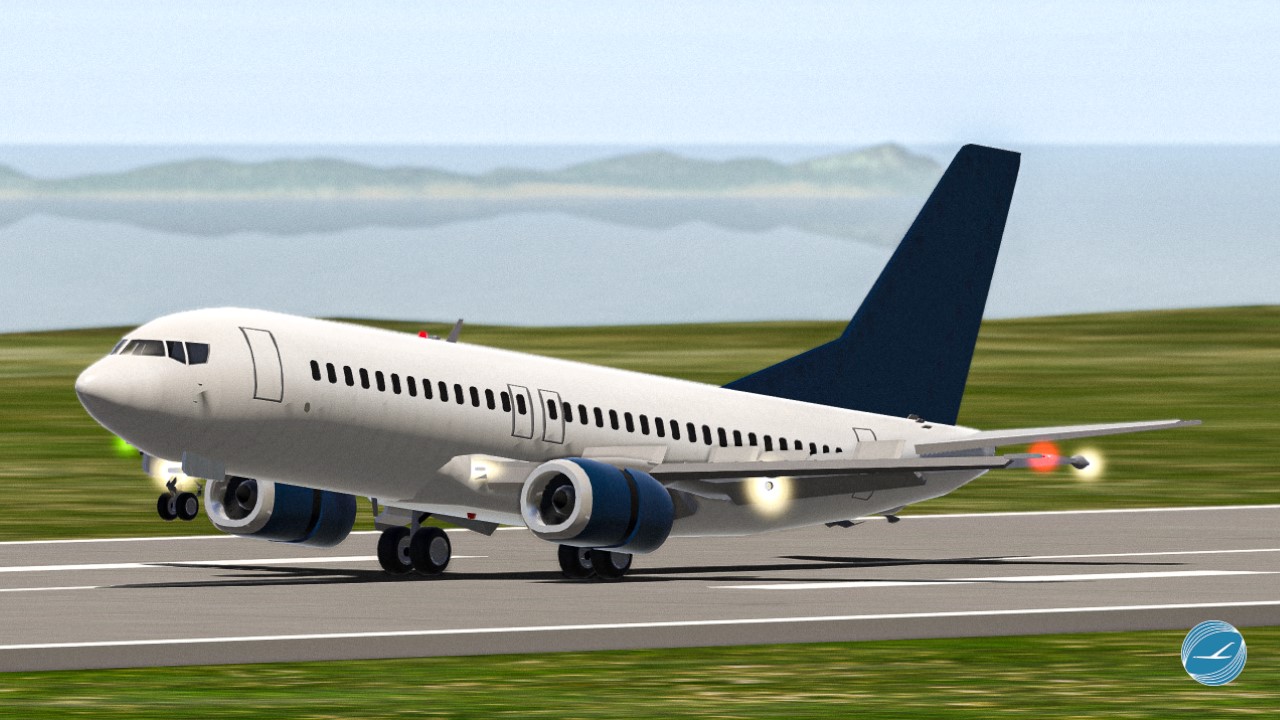
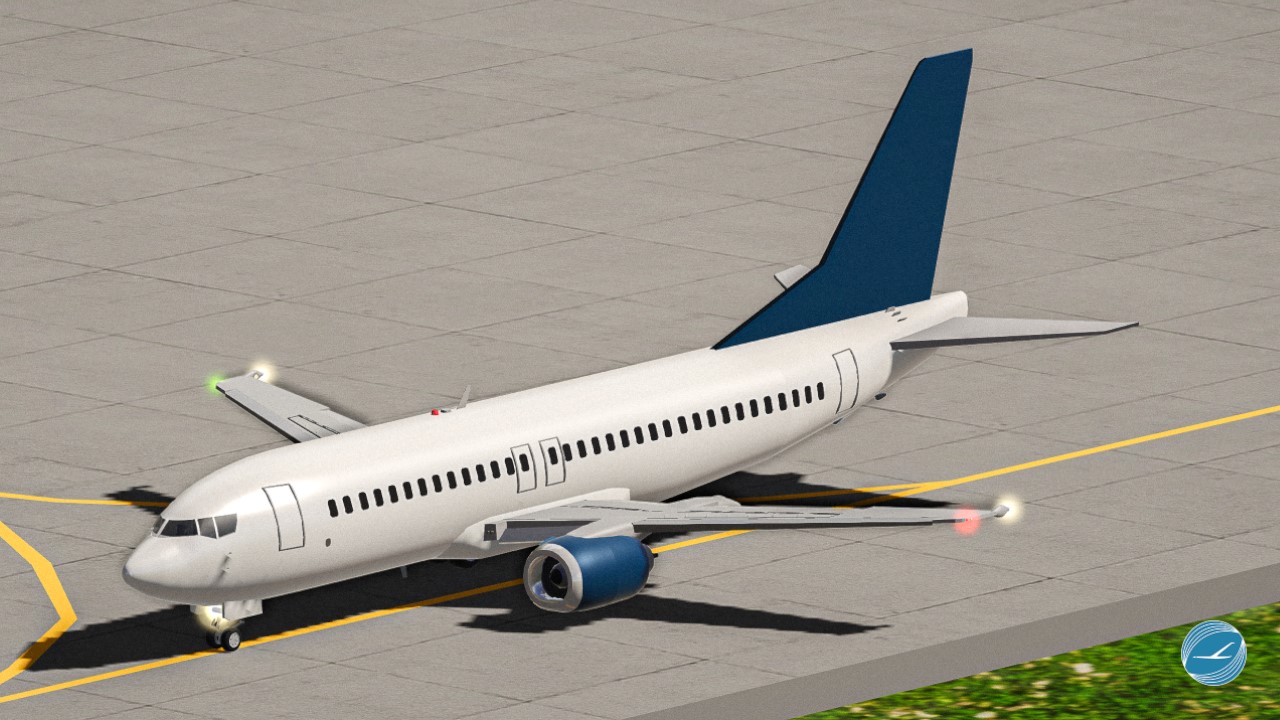
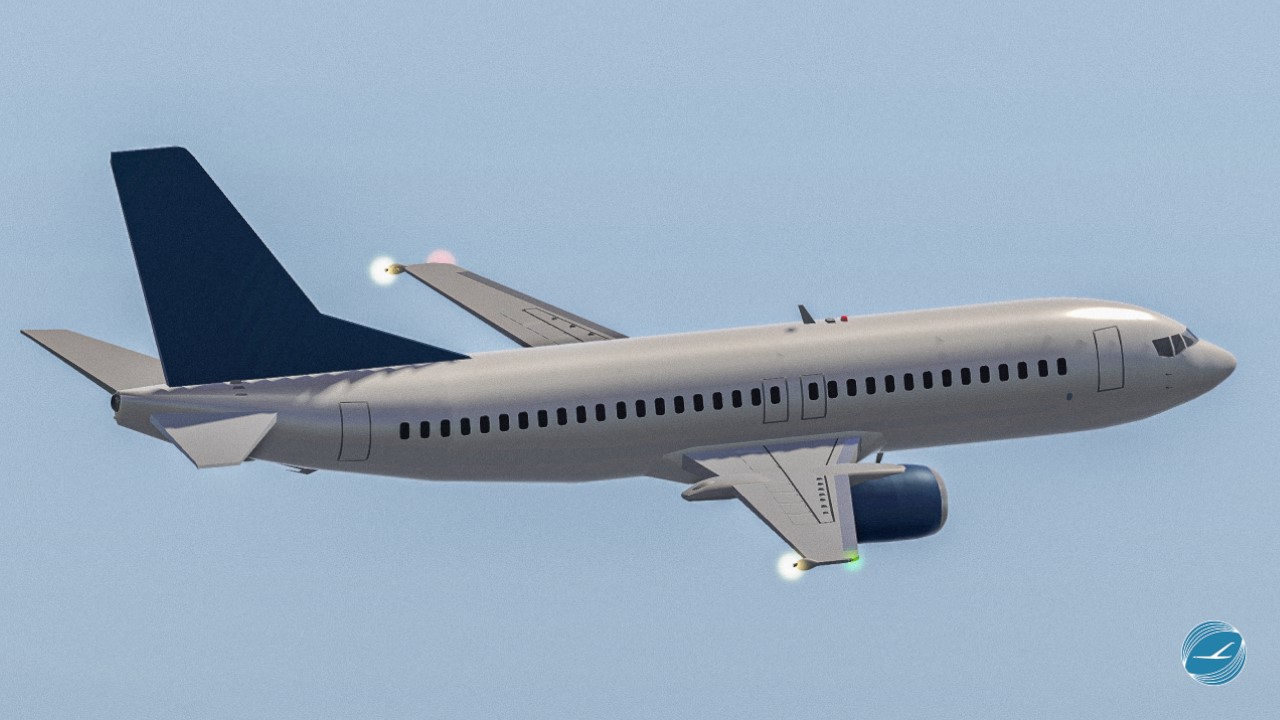
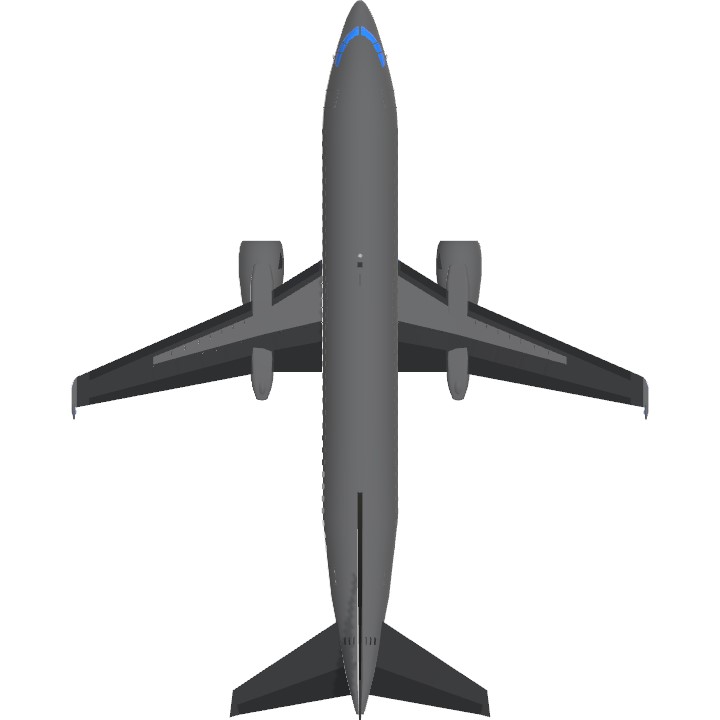
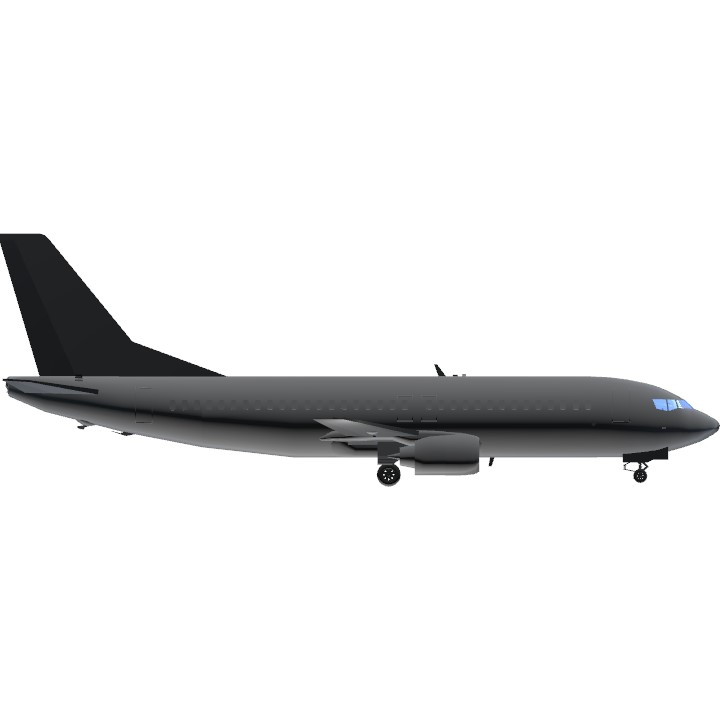
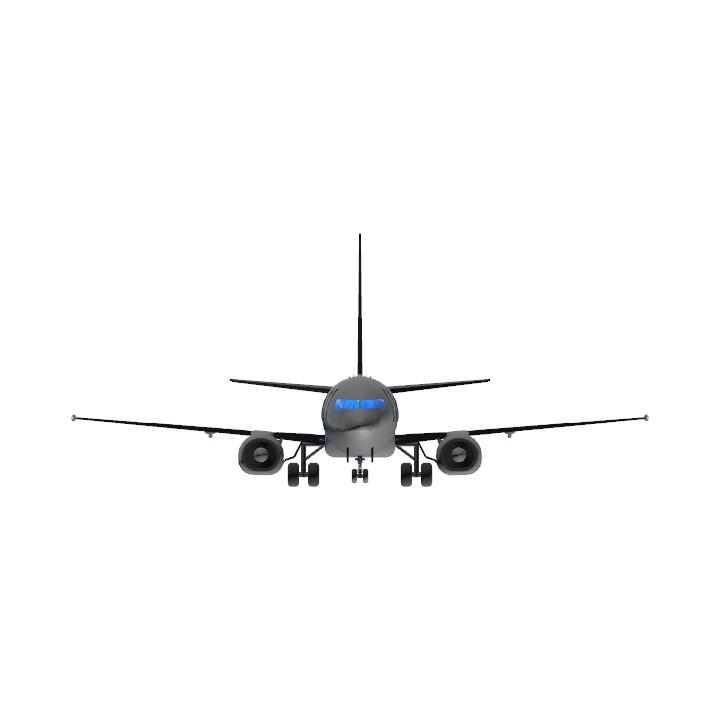
If you have any doubts with aircraft operation, please leave a comment!
I honestly like your aircraft series.
The aircraft si nice and after looking at your 707 set can you make a 340 series?
@VinFage @CM well, it's my fault😅 I used to use a lighter colour but at the end I settled with the default blue colour. I also experienced with a dark red-ish colour, which I may or may not use in the future
@VinFage
@XAircraftManufacturer 👀
@CM Your color choices of your plane reminds me of @XAircraftManufacturer
omg!!!?!?!? fake 737?!?!?!
Wow! It's awesome to see the new cockpit! Very good job on this one and I'm looking forward to see the next one!
@CM ok